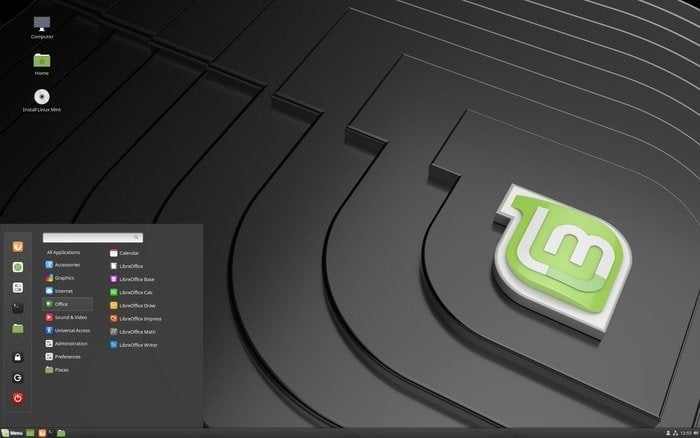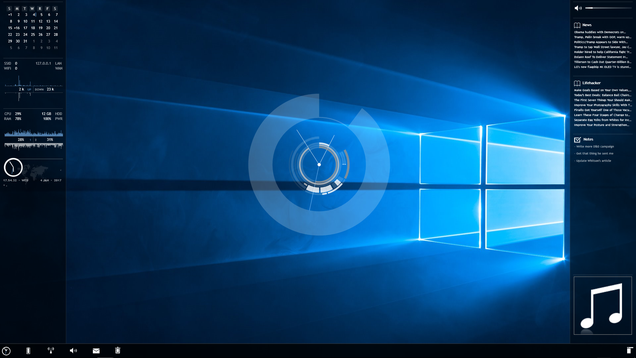- Ubuntu Linux Tutorial Pdf
- Linux Ubuntu Tutorial
- Install Linux Ubuntu Windows
- Linux Ubuntu Online
- Linux Ubuntu Basics
- Install Century Gothic Ubuntu Linux Tutorial Download
The hierarchy tree of Linux Mint makes it an Ubuntu-based Debian-based Linux distribution that is community-driven. This historical and developmental attribute of this Linux distro makes it an ideal candidate to offer free and open-source bundled applications to a vast range of its Linux community users. This morning, I updated my MacTeX installation to the 2015 install. Unfortunately, something is now having some trouble with the font (Century/Century Schoolbook) that I use most edit: everything worked fine before. I'm a relative amateur with TeX and couldn't fix the issue with a couple hours of Googling, so here I am. Some Linux 'native' fonts look better hinted by Auto-Hinter, usually in sizes 11pt-13pt; others look better hinted by BCI. Set Auto-Hinter to full hinting style.
Ubuntu Linux Tutorial Pdf
#!/bin/bash # Get prerequisite packages: PREREQUISITE_PACKAGES='build-essential g++ libudev-dev libdbus-1-dev libusb-1.0-0-dev zlib1g-dev libssl-dev libpng-dev libjpeg-dev libtiff-dev libasound2-dev libspeex-dev libopenal-dev libv4l-dev libdc1394-22-dev libtheora-dev libbluetooth-dev libfreetype6-dev libxi-dev libxrandr-dev mesa-common-dev libgl1-mesa-dev libglu1-mesa-dev' echo 'Please enter ...- that will not work, I’ve tried it. also if you are running a 64bit system you will want to link /usr/lib/libudev.so.1.3.3 to /usr/lib/libudev.so.0 but this still didn’t work for me. try. sudo apt-get install libnss3:i386 and see what it says then
- pyudev – pure Python libudev binding¶ pyudev 0.21.0 (Changelog, installation) pyudev is a LGPL licenced, pure Python 2/3 binding to libudev, the device and hardware management and information library of Linux. Almost the complete libudev functionality is exposed. You can:
- apt-get install ocaml-nox ocaml-findlib libarchive-dev bsdtar texinfo libudev-dev intltool libpng-dev gtk-doc-tools tcl8.5 libgdk-pixbuf2.0-dev yasm autotools-dev autopoint automake flex bison libdbus-1-dev libgmp-dev libmpfr-dev libmpc-dev xutils-dev git libgtk2.0-bin texi2html cmake texinfo librsvg2-bin imagemagick liblzma5 liblzma-dev gperf libreadline6-dev apt-get build-dep ...
- Download libudev-devel-241-8.2.mga7.armv7hl.rpm for Mageia 7.1 from Mageia Core Updates repository.
- Since Windows 10 Anniversary it is possible to install Ubuntu 14.04 as a Windows subsystem (or something like that). See 'Run Bash on Ubuntu on Windows' or any other documentation. Of course I was curious and tried. Yes, I have a Windows partition.
Most often, you will use Aspose.Words to convert DOC or DOCX documents to PDF format. If you need to do this on a Linux machine, this topic will help you to learn how to ensure Aspose.Words is rendering your documents with the best accuracy.
Most frequently, the DOC and DOCX documents, which need to be converted were created using Microsoft Word, on a Windows or Mac OS operating system. Therefore, most fonts used in DOC and DOCX documents are “Windows fonts” or “Office fonts”, that are the fonts installed with Microsoft Windows or Microsoft Office. These fonts include Arial, Calibri, Cambria, Century Gothic, Courier New, Garamond, Tahoma, Verdana, Wingdings, and many others.


Linux Ubuntu Tutorial
The problem is that the TrueType fonts listed above are not installed by default on Linux distributions. If you take a typical DOCX document that is formatted with the Cambria font and try to convert it to PDF format on Linux, Aspose.Words will use a different font because Cambria is not available. As a result, the PDF document will look different, in comparison to the original DOCX document. To make sure that documents converted by Aspose.Words appear as close as possible to the original, you need to install “Windows fonts” on your Linux system.
Install Linux Ubuntu Windows
There are two main ways to get TrueType fonts on a Linux system:
- Copy .TTF and .TTC files from a Windows machine onto your Linux machine
- Install a TrueType font package, such as msttcorefonts
Copy Fonts from a Windows Machine
An easy and quick way to get TrueType fonts on a Linux system is to copy .TTF and .TTC files from the C:WindowsFonts directory on a Windows machine to some directory on your Linux machine. You do not need to install or register these fonts on Linux in any way; you just need to specify the location of the fonts using the FontSettings class in Aspose.Words.
Linux Ubuntu Online
Install a TrueType Fonts Package
Linux Ubuntu Basics
There are a number of Linux packages, containing Microsoft TrueType fonts, that you can download and install onto your Linux machine. The exact steps may be different on various Linux distributions.
- On Ubuntu, use Synaptic Package Manager to find and install the ttf-mscorefonts-installer package.
- On openSUSE, use Yast2 → Software Management to find and install the fetchmsttfonts package.
- Use Liberation Fonts licensed under OFL, as an alternative to standard Windows fonts: Arial, Times New Roman, and Courier New.
- For font packages suitable to other Linux distributions, search available documentation on the internet.
After installing the package, Aspose.Words will find these fonts in the folders on your system and use them when working with documents.

Install Century Gothic Ubuntu Linux Tutorial Download
See Also

- Liberation Fonts as an alternative to standard Windows fonts
